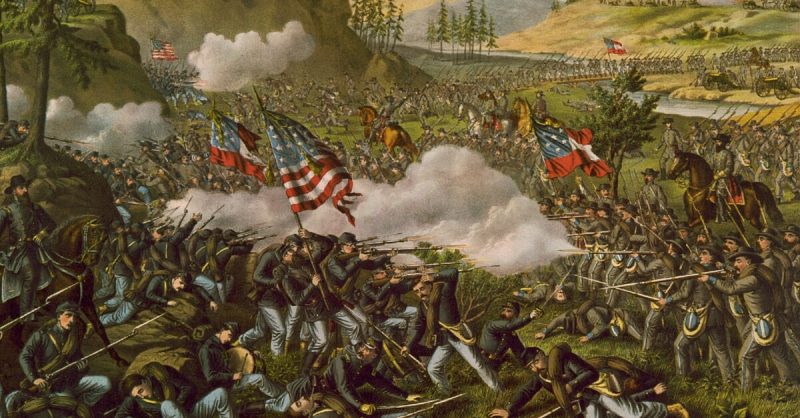The American Civil War was fought from April 12th, 1861 to May 9th, 1865 between the Confederate States and the Union. Most believe it was about ending slavery, but that’s a myth.
The Civil War was about bringing the rebellious Confederate States back into the Union. That slavery ended in the aftermath was just icing on the cake. There’s a lot more about the Civil War that most don’t know about, including the following ten.
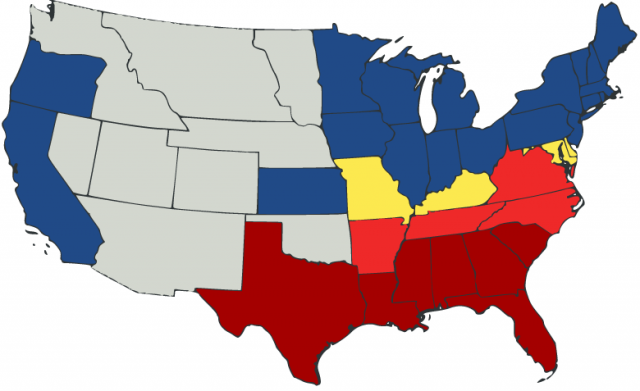
1. The Emancipation Proclamation signed by President Abraham Lincoln on 1 January 1863 did not ban slavery.
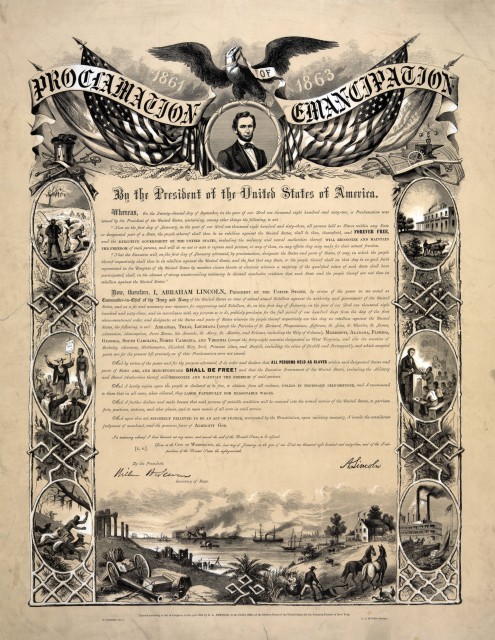
It only applied to slaves who managed to escape the Confederate States into Union territory. These ex-slaves could join the military in return for a salary, but could not become Union citizens.
Before the Proclamation, the Fugitive Slave Act of 1850 obligated non-slave states to return escaped slaves back to their owners. The Proclamation was meant to punish the Confederate States, not make slavery illegal. Since Delaware, Kentucky, Maryland, Missouri, and Tennessee didn’t rebel against the Union, they were allowed to keep their slaves.
2. Lincoln wanted to deport all blacks from the country.
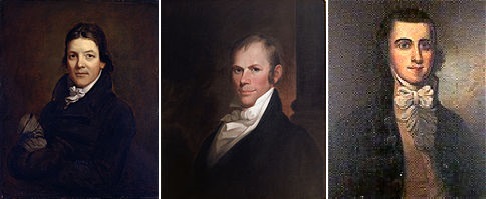
This policy was created in 1817 when the American Colonization Society set up Liberia in West Africa to deal with the issue of free blacks in America. By 1822, the first African-Americans were resettled there with mixed reactions from the black community.
Lincoln thought it was a great idea, however. In August 1862, he invited several black ministers to the White House to pitch the idea to them. He even offered to set up a similar colony in Latin America with Congressional funding, but the ministers unanimously rejected the president’s offer.
3. Lincoln was shot at two years before his assassination.
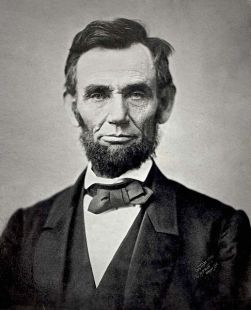
The president had a habit of working late in the White House. He would then ride home alone to the Soldier’s House where he lived because it was inside the guarded compound.
Sometime in August 1863, he was riding home when a shot rang out at 11 PM. The unknown sniper had shot a hole in the president’s hat but failed to hit his target. Lincoln’s horse panicked and reared, which probably made him even harder to hit. After that incident, Lincoln was always escorted by soldiers back to his house.
4. Black soldiers in the Union Army refused payment for 18 months.
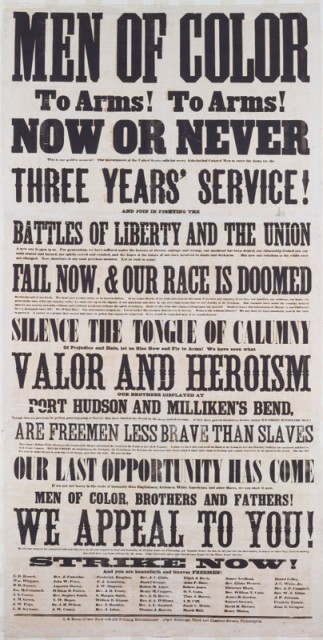
This was not done out of gratitude, however, but out of protest because they were paid far less than their white counterparts. Black soldiers, both those born free as well as those who gained their freedom, began signing up in 1863 and were paid $10 a month. Whites, on the other hand, got $13.
Blacks were also charged $3 a month for uniforms, reducing their take-home pay to $7. Their protest worked, and with the support of white abolitionists, they received equal pay in 1864, which was made retroactive.
5. The Union Army was a multi-national one.
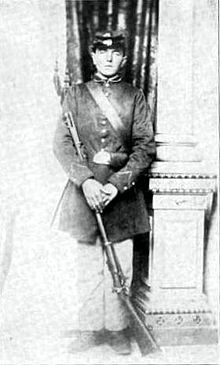
Records show that about one-third were immigrants – the largest being Germans, who made up about 10%, the most notable being the German group who joined the Steuben Volunteers. Irish soldiers comprised about 8% of the Union Army, followed by English, French, Italian, Polish, and Scottish nationals.
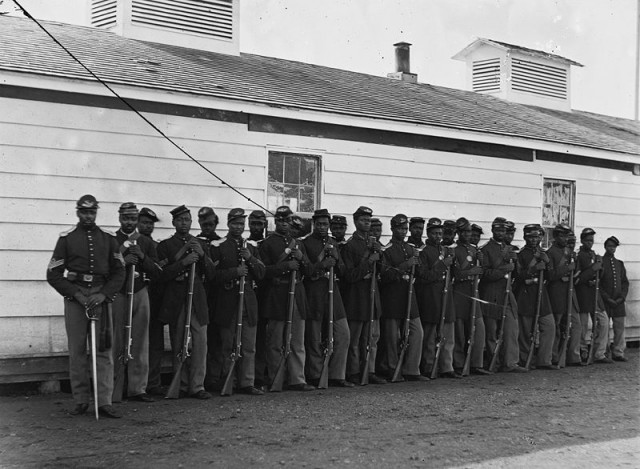
When free blacks were allowed to serve in 1863, they made up one-tenth of the Union Army, and when runaway slaves managed to cross into Union territories, many also joined the Army. Some historians believe that this influx helped to turn the tide in favor of the Union.
6. More Americans died in the Civil War than in any other American conflict, to date.
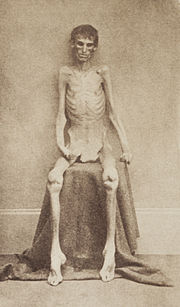
A Union soldier who survived the Confederate prison camp at Andersonville – Source
It’s been estimated that around 625,000 soldiers died in that fight – a number that doesn’t include civilian casualties which cannot be determined. To put that in perspective, fewer Americans died in the combined conflicts of WWI, WWII, the Korean War, and the Vietnam War.
Although artillery fire was a major cause of death, so were disease, malnutrition, exposure, and infection. Mass movement and the introduction of trains also helped spread diseases to communities that were once protected through isolation, while primitive medical care did the rest.
7. Union General William Tecumseh Sherman was originally demoted for insanity.
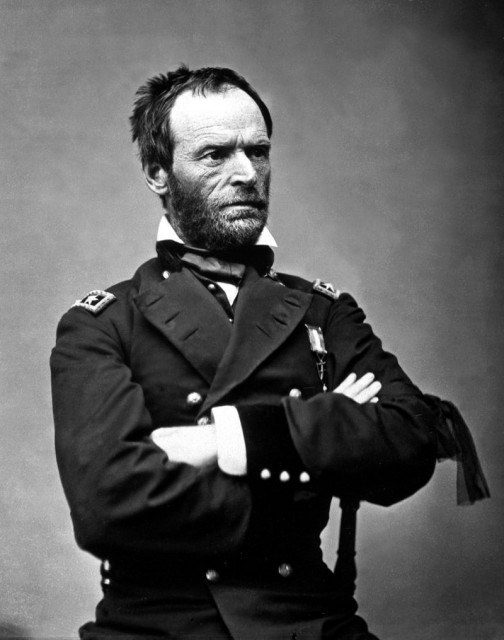
Sherman was a businessman, teacher, and author who became a decorated hero of the war despite his brutality against the Confederate Army and its civilians. He led the Union to victory at several battles, which contributed to Lincoln’s reelection.
In October 1861, however, he requested 260,000 men from US Secretary of War, Simon Cameron. Cameron deemed the request insane and ordered Sherman removed from command. In February 1862, Sherman was reassigned to serve under General Ulysses S. Grant at Paducah, Kentucky. The general recognized Sherman’s skill, and the rest is history.
8. Harriet Tubman led a raid on the South.
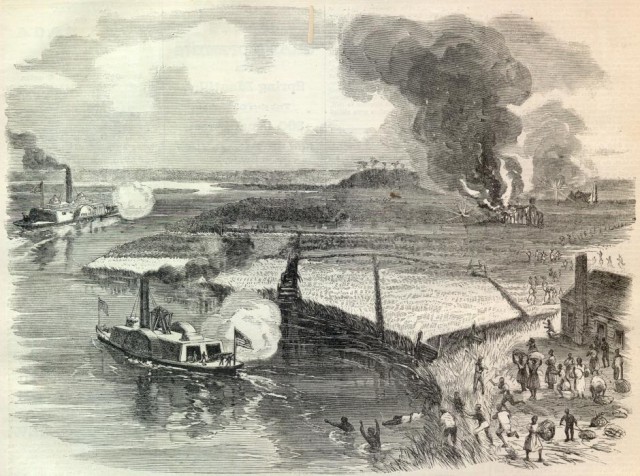
Before the war, Tubman was already active in helping slaves escape to the North via the Underground Railroad. During the war, she used her slave network to gather intelligence for the Union, which she put to use on 1 June 1863.
That evening, she and Union Colonel James Montgomery entered the Combahee River in South Carolina with three steam-powered gunboats manned by 300 black soldiers. They attacked plantations and used the ensuing panic to free over 720 slaves. Tubman freed more slaves that night than she had in the previous ten years.
9. Some bullets fired during the war actually fused together.
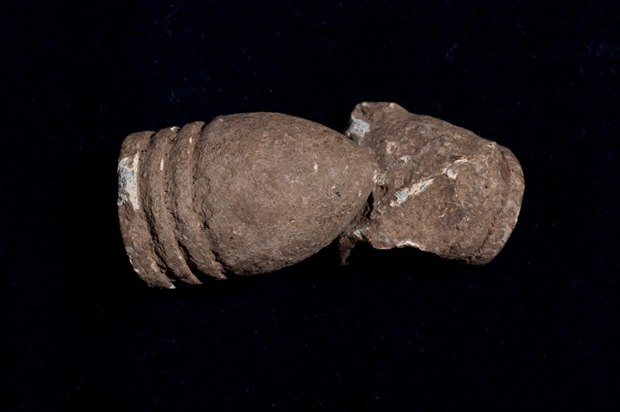
The Union and the Confederacy used different bullets. When soldiers fired at each other, their bullets sometimes hit each other in mid-flight, fusing into a single piece. Some of these can be found in Civil War museums, while others are auctioned off for high prices.
Legend has it that at the Battle of Fredericksburg in 1862, none of the soldiers were seriously hurt because most of their bullets collided with each other in mid-air. The Myth Busters looked into this and found it entirely plausible because of the soft lead used.
10. Confederate gold vanished after the war.
The Confederate treasury was first kept in New Orleans in Louisiana, but as Union troops approached the city in April 1862, it was moved to Columbus, Georgia at the Iron Bank owned by William H. Young. On October 11 of that year, Confederate General Pierre Gustave Toutant-Beauregard ordered it moved once more, but what happened after that remains a mystery.
When the war ended, George Trenholm, the Treasurer of the Confederate States of America, was arrested and accused of stealing the gold, but it was never found. Treasure hunters are still looking for it.
Video – How The South Could Won
On April 9th, 1865 General Lee surrendered his army at Appomattox Court House, effectively ending one of the bloodiest conflicts in American history, the Civil War. But could the Confederate States have won the Civil War if things had played out another way? Here are five things the South could have done differently.
